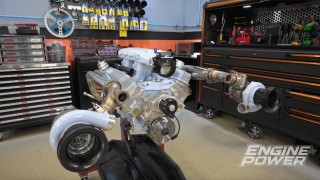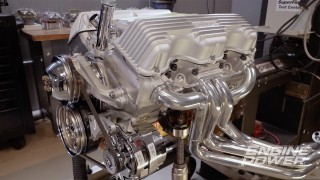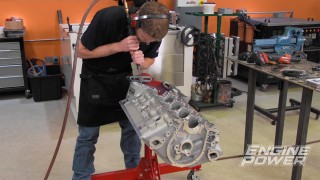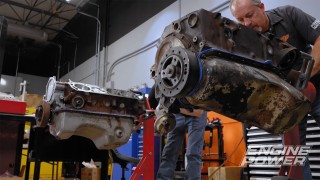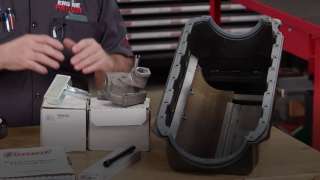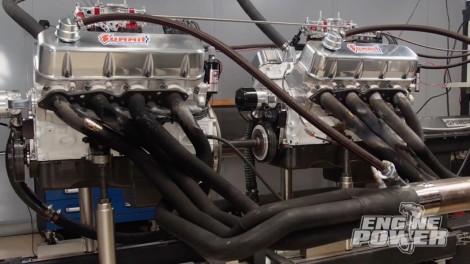
Twin Big Blocks Dyno'd Together Part 2
Today, it’s do or die. We connect TWO 496 Big Block Chevy engines to the dyno to find out exactly how much power two of the same engine will make running in tandem!
Season 9
Episode 6
Hosts: Pat Topolinski, Frankie Forman
First Air Date: March 28, 2022
Duration: 21 minutes 30 seconds
